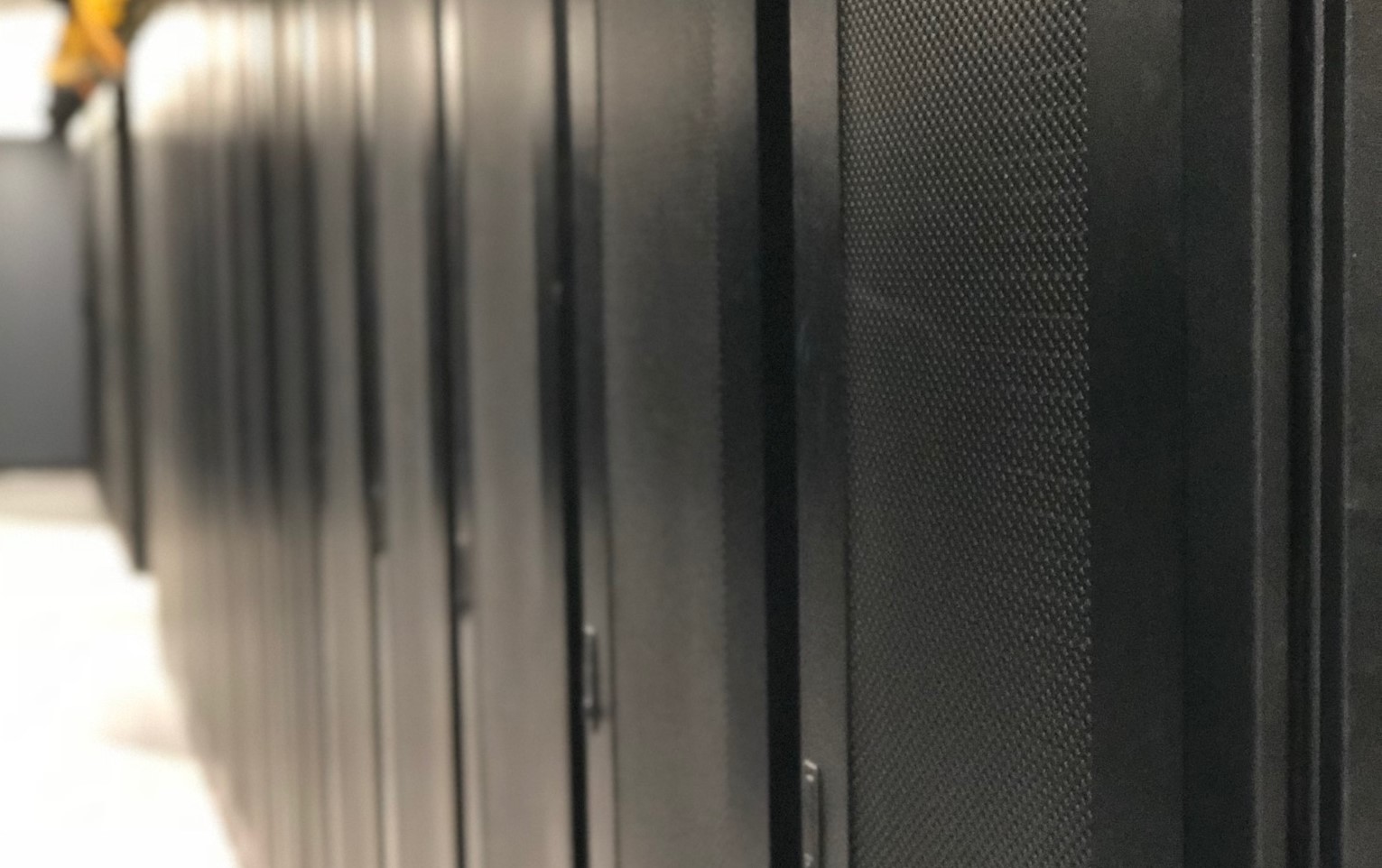
According to Gartner, by 2025, 80% of enterprises will migrate completely away from on-premises data centers. Meanwhile, workloads continue to shift toward colocation, hosting, and cloud environments.
As organizations become increasingly dependent on their technology stack, driven by AI, big data, and emerging digital platforms, the complexity and cost of managing in-house data centers have become a significant burden.
Consequently, by turning to a colocation provider, companies can offload the day-to-day management of their infrastructure. This allows them to and refocus their resources on innovation, customer experience, and strategic growth.
Building and maintaining a private data center is a long-term, capital-intensive investment.
Colocation offers a smarter alternative by providing:
These capabilities make colocation an ideal choice for organizations that need to meet current performance demands while preparing for future workloads.
With the rise of edge computing, proximity to data has become crucial. Local colocation providers are uniquely positioned to deliver low-latency connections that support industries like manufacturing, logistics, and healthcare, where processing large data volumes in real time leads to faster insights and a better end-user experience.
The physical edge location is now where people, devices, and data truly connect, bridging the gap between digital infrastructure and real-world interaction.
At our St. Louis data center in the Globe Building, we see this transformation firsthand. The geospatial industry in the region is rapidly growing. It relies on edge computing capabilities located near high-tech office spaces.
By hosting compute and storage at our colocation facility, and leveraging multi-gig connectivity with ultra-low latency, organizations can manipulate, store, and transmit massive files and datasets efficiently. This proximity and performance deliver a competitive edge that’s redefining how modern enterprises operate.
As digital transformation accelerates, colocation provides the performance, reliability, and scalability enterprises need, without the expense and complexity of managing data centers on their own.
Simply put, colocation isn’t just an alternative to on-premises infrastructure, it’s the foundation of the modern digital enterprise.
Simplify IT and boost performance with a trusted colocation provider, supporting edge computing without managing on-premises data centers. Contact us today to get started!